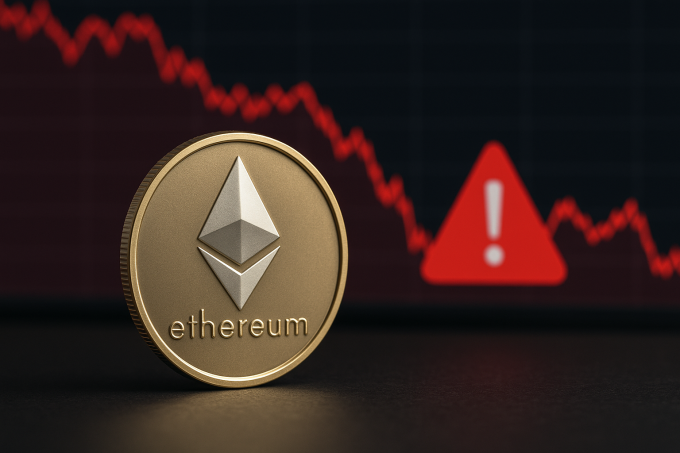Ethereum (ETH) is showing renewed signs of strength after a turbulent week that saw a sharp, market-wide sell-off triggered by cascading liquidations in the futures market. As volatility recedes, institutional traders appear to be repositioning around key support levels, suggesting that the worst of the sudden downturn may be behind. The broader crypto market now faces a critical phase of consolidation amid macroeconomic uncertainty and cautious optimism in risk assets.
Market Reaction
ETH rebounded to around $4,300 on Monday, recovering roughly 8% from last week’s low near $3,950, according to CoinMarketCap data. The rebound follows a $2 billion wave of long liquidations across crypto derivatives markets, one of the largest in recent months. Bitcoin (BTC) also regained ground, trading near $109,000, while the overall crypto market capitalization rose 2.7% in the past 24 hours to $4.36 trillion.
The sudden volatility was driven primarily by excessive leverage and automated liquidations, particularly in ETH perpetual futures. Funding rates across major exchanges have now normalized, indicating a more balanced market structure. Analysts note that the stabilization in derivatives metrics — including open interest and implied volatility — suggests the correction was mechanical rather than fundamentally driven.
Technical Structure and Macro Factors
From a technical standpoint, Ethereum faces a key resistance level at $4,500 — a threshold that, if broken, could trigger a broader recovery toward its yearly high near $4,900. The asset’s 50-day moving average remains above its 200-day line, maintaining a medium-term bullish bias. Trading volumes have steadied, and ETH’s relative strength index (RSI) has cooled from overbought territory, providing room for potential upside.
Macro conditions remain mixed. U.S. Treasury yields have stabilized following the latest inflation report, while risk sentiment in equity markets has improved modestly. However, persistent regulatory uncertainty — including pending SEC guidance on staking products and token classification — continues to influence investor caution. The correlation between ETH and the Nasdaq Composite remains elevated near 0.68, underscoring how global risk appetite continues to shape crypto price action.
Investor Sentiment and Market Positioning
On-chain data indicates growing accumulation by long-term holders despite last week’s turmoil. Exchange balances of ETH dropped by nearly 120,000 tokens over the past seven days, suggesting investors are moving assets into self-custody or staking contracts. Derivatives traders, meanwhile, have reduced leverage exposure, with open interest on Binance and OKX down by approximately 15% compared to pre-crash levels.
Psychologically, market participants appear to be in a recalibration phase — balancing optimism over Ethereum’s technological fundamentals against short-term caution driven by global liquidity conditions. Institutional inflows into ETH-focused funds turned positive last week, with $22 million in net inflows, hinting at renewed confidence in Ethereum’s long-term value proposition.
Looking ahead, Ethereum’s ability to reclaim and sustain levels above $4,500 will likely depend on continued derivatives stabilization and broader risk sentiment. Traders will also monitor network fundamentals, including staking yield trends and upcoming protocol updates tied to scalability improvements. A decisive breakout could reassert ETH’s leadership within the altcoin complex, while failure to hold support near $4,000 may expose the market to renewed downside volatility.













https://shorturl.fm/nmFAt
https://shorturl.fm/AKvAa